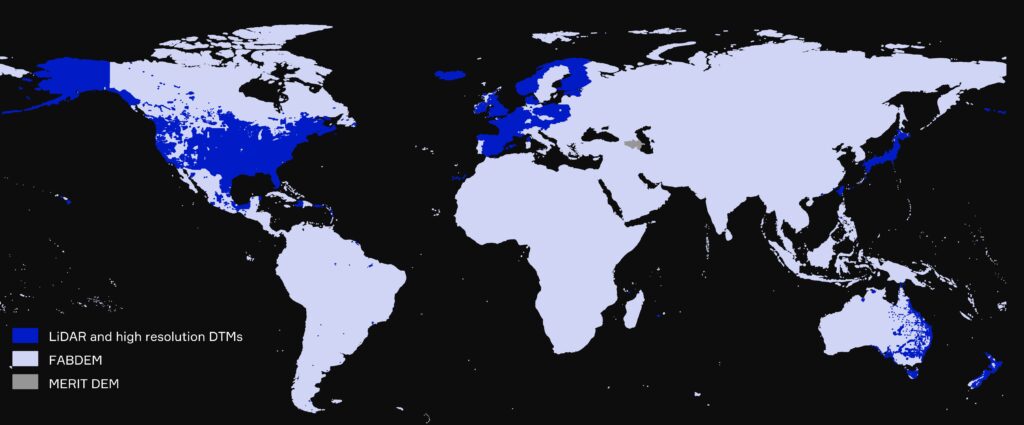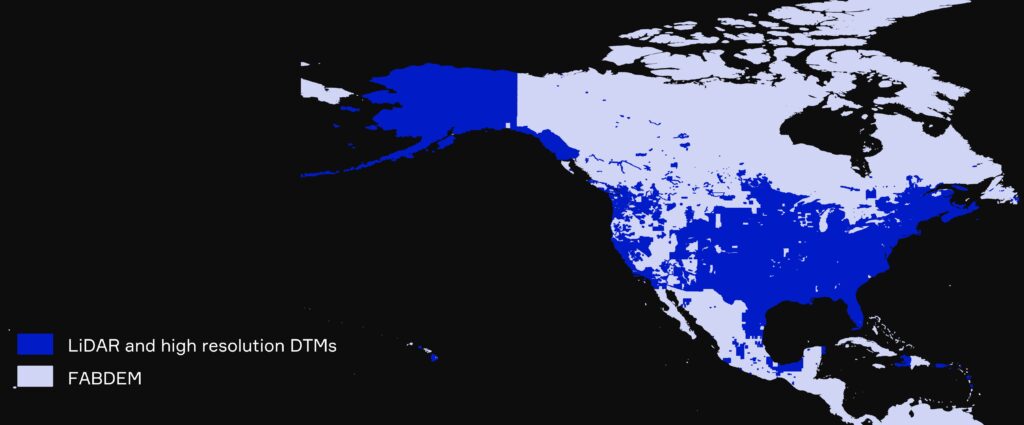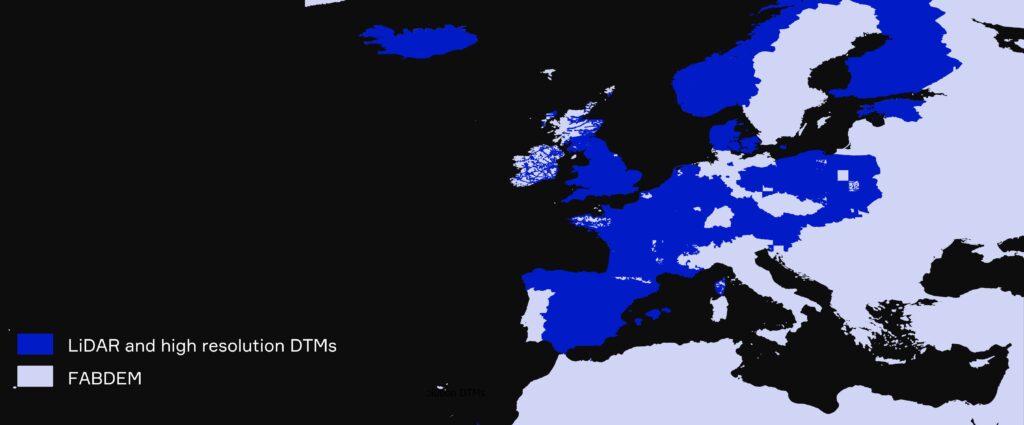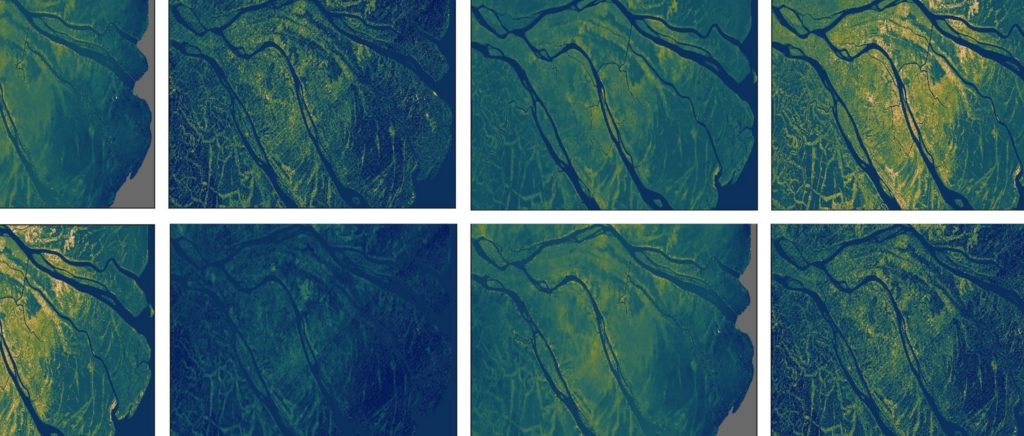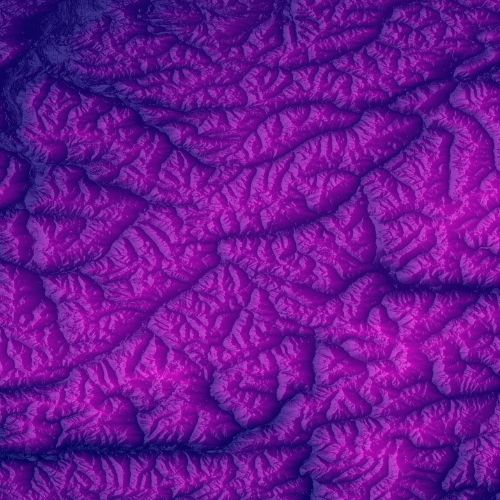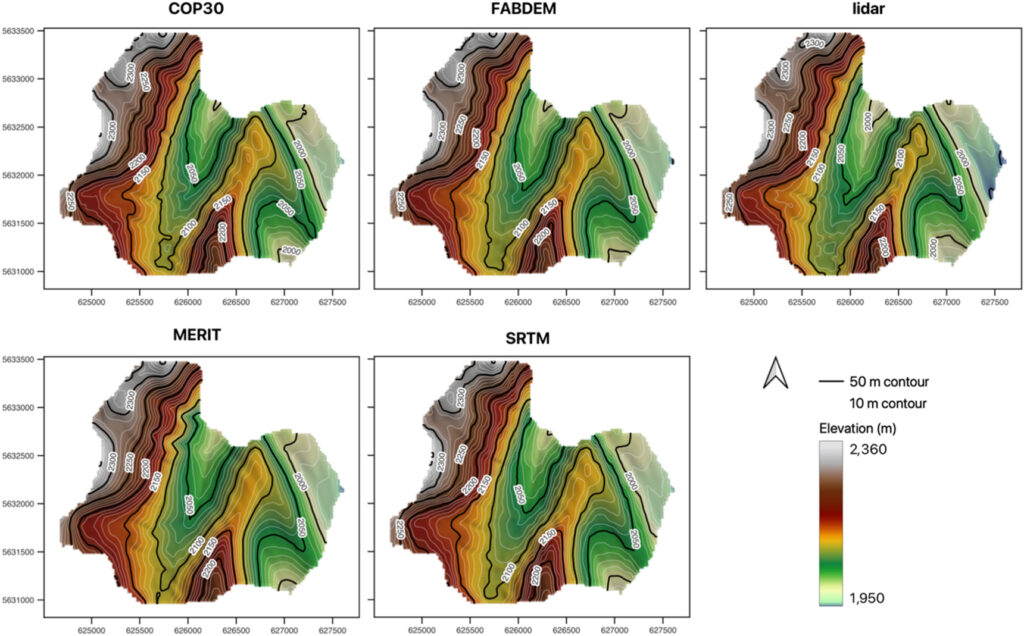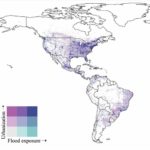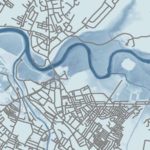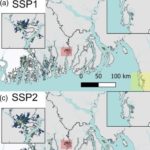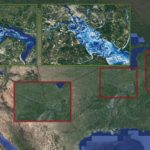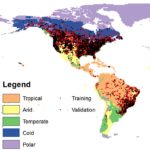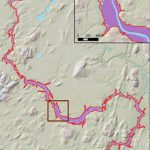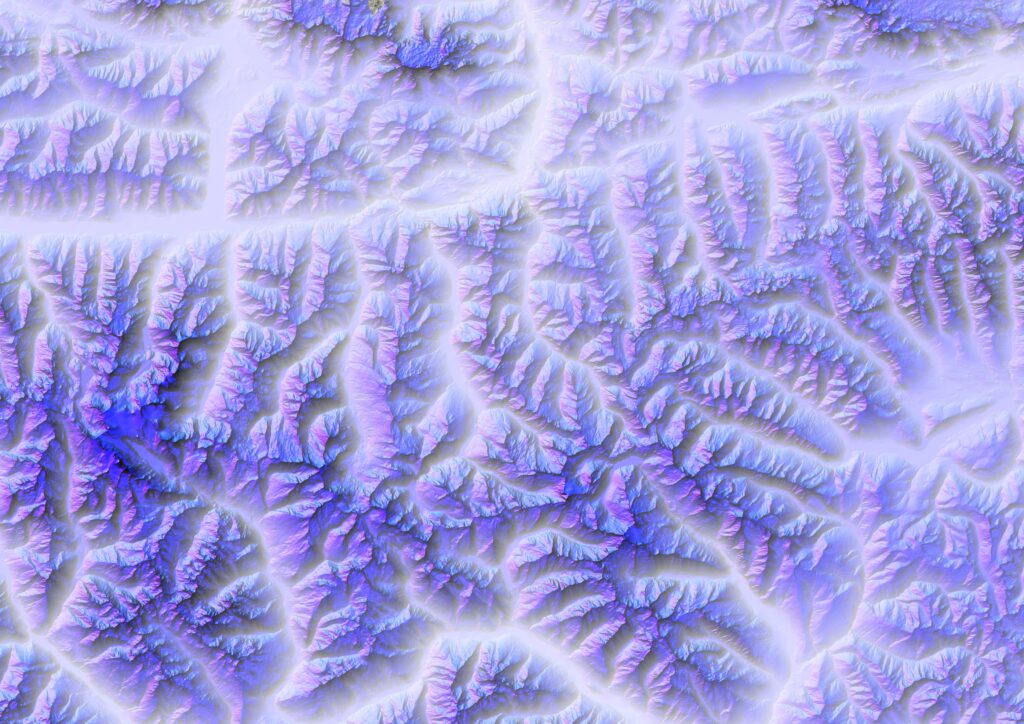
Introduction FABDEM+ offers a seamless blend of FABDEM and enhanced local data to provide best-in-class elevation information for every location in the world.
Comprising consistent elevation data and comprehensive metadata it ensures access to the most accurate terrain information. Available at 1 arcsecond (~30 m) worldwide and up to 1/3 arcsecond (~10 m) in areas where we have enhanced data, its capability to provide ‘bare earth’ elevations makes it suitable for a wide range of use cases including the planning of linear assets, mapping natural perils, and creating artificial digital environments.
FABDEM+ key features
Coverage
LiDAR: 30+ countries, 10 million km².
FABDEM: Global excluding Greenland and Antarctica.
Digital terrain data
Removal of forests and buildings to represent bare earth elevation data using peer-reviewed and openly published methods.
Metadata
Information on native resolution, date of capture, source data type and certainty rank to provide full transparency.
Resolution
—~30 m (1 arcsecond) global
—~10 m (⅓ arcsecond) data available for areas with enhanced data, including the US.
Validation
Underpinned by FABDEM which has been independently validated and ranked as the best-in-class global digital terrain dataset in two separate studies.
Access
Available via API, Fathom Portal, on premise or via a partner.
Webinar: What’s next for US terrain data?
Watch our webinar on demand to explore the next evolution in US terrain data – FABDEM+.
FABDEM+ About FABDEM+
Access the best of FABDEM and local terrain data, in this seamlessly blended digital terrain model that combines thousands of data sources into one cohesive product. FABDEM+ offers users consistent elevation data that is enriched with an additional layer of information, Metadata, to ensure access to the most recent terrain information.
This multi-source data provides a single source of information for those who need to define ground elevations, anywhere in the world. Validation published in Environmental Research Communications showed the data underpinning FABDEM is more accurate than other available global DEMs. Further validation has been conducted by independent scientists, who ranked FABDEM as the best 1 arcsecond global DEM.
In addition, when compared with other global DEMs, FABDEM’s finer spatial resolution allows smaller topographic features such as narrow flow pathways to be represented, making it a critical component within GIS, digital twin projects, engineering, infrastructure planning, modeling natural perils and earthworks.
Discover where Fathom’s terrain data sits in our full Product Stack
Accessing Global Terrain Data
Fathom API
Gain seamless access to Fathom’s entire Global Terrain Data or select a specific region using our cloud-based API.
Fathom Portal
Visualize the data via Fathom’s interactive in-house platform. If you are interested in this solution, you can trial the platform using Fathom sample data for free. Request a demo here.
Direct provision
Integrate your terrain data with your internal systems and host the data on-site, through the provision of GeoTIFF files.
Partner
Fathom’s data can seamlessly integrate with a wide range of third party platforms. Get in touch to enquire about a platform or learn more about our existing partners here.
